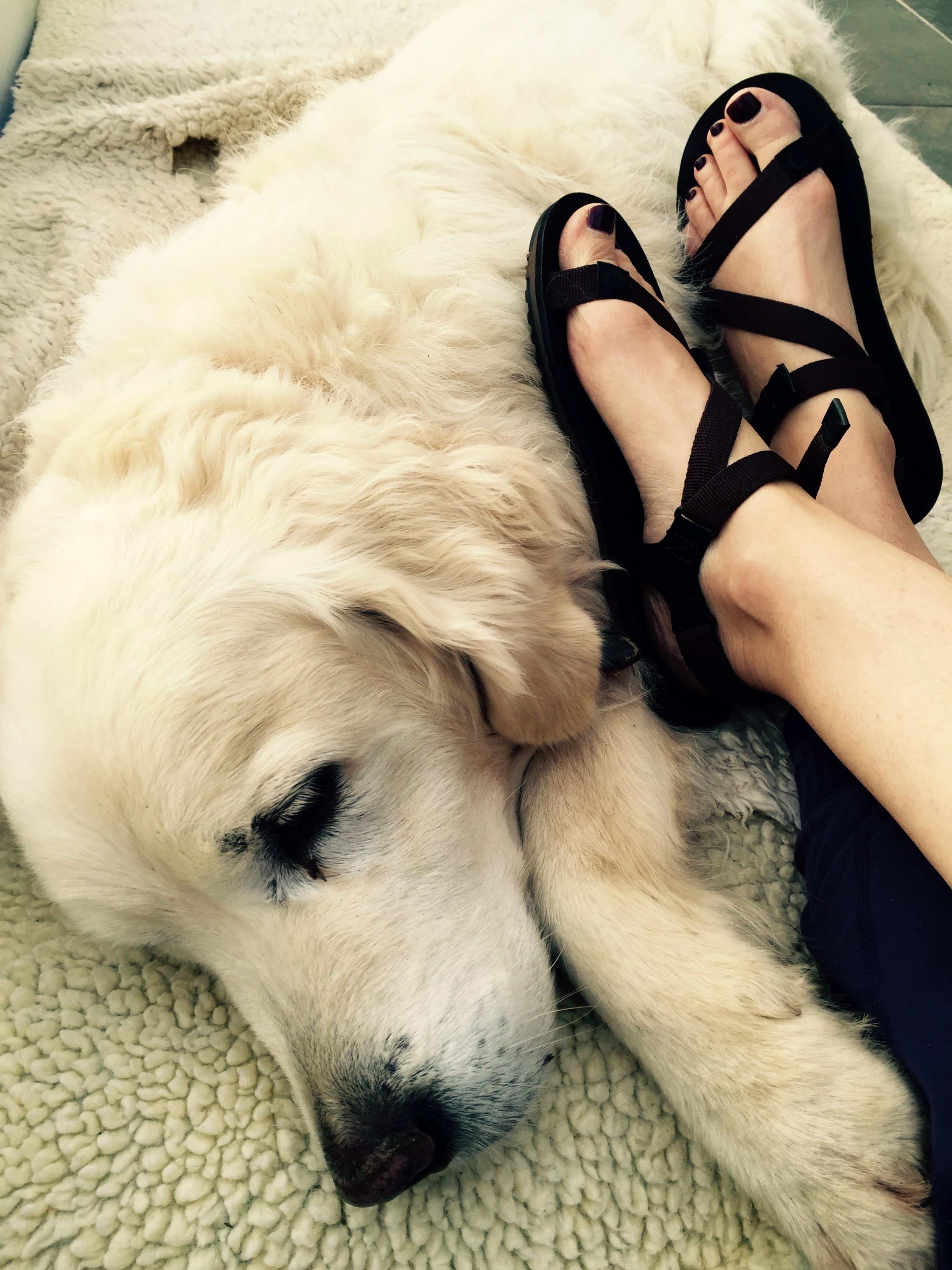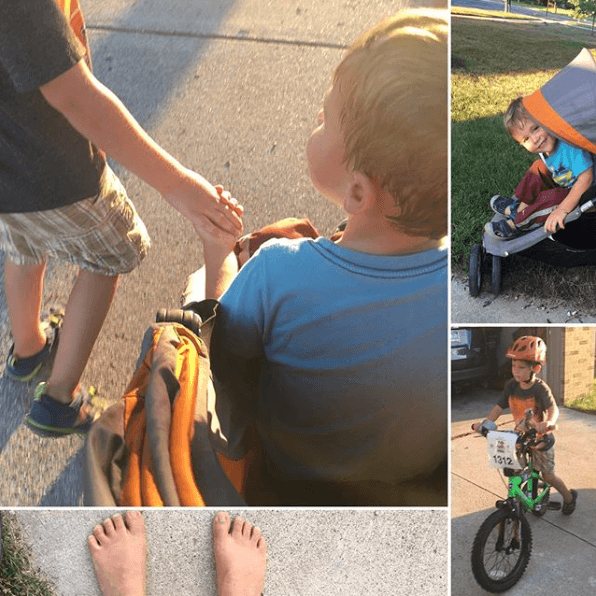Postpartum back pain is a common complaint for so many Moms and we have a ton of help for you on exercises to get relief for postpartum back pain.
Here we’re going to focus on improving back pain through alignment.
What even is alignment? How does it affect back pain? How do you start to make changes to alignment?
Alignment and back pain – the connection
Let’s start with the ‘what is alignment?’.
Alignment is the way we are structurally ‘stacked’ internally, from head to toe.
The terms posture and alignment are often used interchangeably and while they are related they are not quite the same thing. Posture is how we look from the outside but alignment is how we are from within. A great example of how these differ is what many of us were taught is ‘good posture’, with our shoulders back and chest out.
While this ‘looks’ good, for many the ‘chest out’ cue causes us to lift our rib cage out of alignment, which places strain and pressure on the rest of our kinetic chain (a fancy term used to describe how parts of the body act as a system of chain links during movement). Yes, good posture matters, but good alignment matters more!
Improving back pain is a multilayered issue and one of those layers is how you are standing, sitting, and moving.
Our way of modern living does us few favours when it comes to naturally encouraging good alignment. Modern humans drive everywhere, sit in chairs way too much, and when we do move, the way we move isn’t truly ‘natural’.
We even sit down and strain rather than squat and let it happen when we go to the bathroom. Our shoes (including sports shoes) pitch our bodies forward and force our muscles and joints to compensate unnaturally. We suck in our stomach and clench our butt.
As a result, our alignment has shifted from what is natural and optimal and often results in increased aches and pains, back pain being one of them.
Rib Cage Alignment: How To Test
Improving back pain through alignment can start with your rib cage. Watch the video below to find out how to do a simple ‘at home’ test to understand your rib cage alignment.
Your rib cage houses some pretty important organs and has various connection points through cartilage and ligaments.
One of those connection points is to the thoracic vertebrae in your back. When you constantly have your rib cage thrusted upwards (think of that ‘chest out’ cue) it places an unnatural strain on not only the entire core structure (which can also impact diastasis recti) but also on the back, especially the lower back. This strain will cause increasing back pain that lingers.
Also, when you constantly thrust your rib cage forward this often becomes your point of movement instead of your shoulders – this constant moving of the ribcage and inactivity of the shoulders, leads to shoulder mobility issues (think rounded, tight shoulders). Your shoulders were meant to be moved and used, make sure your rib cage is not compensating and taking over for them.
Check-in with your movements to reach and stretch
To give you an example of what this looks like in daily living – next time when you have to reach up to get something out of a just barely too tall shelf, check in with what you are using to move and stretch to reach that shelf – are you lifting and thrusting the rib cage forward to help propel your arms up, or are you keeping your ribs down and using your shoulders to reach up? Take note of what you find!
The importance of pelvis alignment

Your pelvis also houses important organs and alignment of your pelvis really matters when it comes to pelvic floor, core, and back health.
Too many of us are guilty of being ‘butt tuckers’, If you tuck your butt under all the time the muscles of the pelvic floor eventually shortens to compensate. Becoming tight and weak, just like the shoulders in relation to rib cage alignment.
This tucking affects the spine as well, leading to aches and pains. The opposite issue arises when you tilt and arch your pelvis too far forward (when you stick your butt out) – affecting both the pelvic floor and the back as well.
You want your pelvis to ‘live’ in neutral. To find out how to find your neutral pelvis watch this video:
Improving back pain with alignment
Improving back pain is going to take improving your alignment as well, they go hand in hand! Alignment is something that can feel overwhelming, especially as you look to make changes to positively improve it. Don’t feel that you need (or should!) make all the changes at once. Muscle memory is powerful, and you may have been carrying yourself the same way for years, it may take some time to improve your alignment. But implement changes slowly and know that those small changes will have big impact.
Add in some exercises to help with your mobility and improve your alignment.












